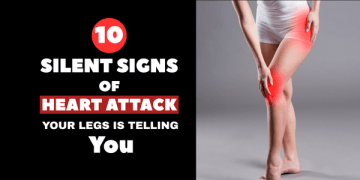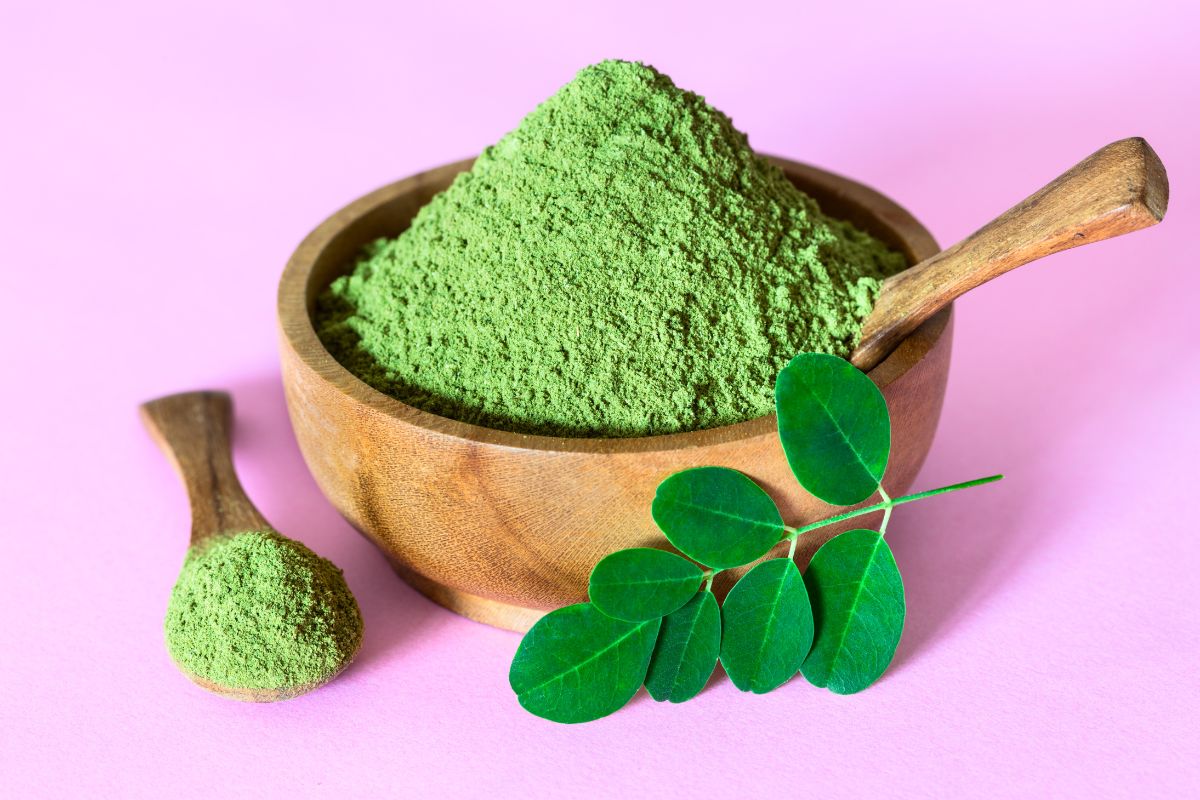Last Updated on June 23, 2025 by Lauretta Iyamu, PharmD
Shin splints can strike suddenly, causing sharp pain in your shins and disrupting your training. If you’ve felt this pain before, you know how frustrating it can be. But don’t worry; you can heal shin splints quickly by understanding what causes them and following some simple treatments. With the right steps, you can quickly eliminate the pain and return to your favorite activities. Learn how you can heal shin splints fast in this article.
What are Shin Splints?
Shin splints are a painful condition that can occur if you run a lot, serve in the military, or dance frequently. They’re quite common, affecting 4% to 35% of people in these groups.
The exact cause of shin splints isn’t known, but the term describes the ongoing pain in your shins that happens with too much exercise.
Shin splints can happen in different parts of your shins for different reasons.
For example, if you feel pain on the lower inside of your shinbone, it might be caused by inflammation of the bone lining.
The pain on the upper outside of your shin could be due to increased muscle pressure.
Knowing where and why you feel the pain helps doctors choose the best treatment.
Causes and Risk Factors of Shin Splints
Overuse of Muscles and Tendons
You might get shin splints from overusing the muscles and tendons in your lower legs. Repeating the same movements over and over can cause small tears, leading to pain and swelling. This often happens to runners and athletes who frequently engage in high-impact activities.
Sudden Increase in Exercise Intensity
Another common cause of shin splints is suddenly increasing the amount or intensity of exercise. If you ramp up your workouts too quickly, your muscles and tendons might not be ready for the extra stress, which can lead to shin splints.
Running on Hard Surfaces
Running on hard surfaces, like concrete, can also cause shin splints. Hard surfaces and softer surfaces don’t absorb the shock of your feet hitting the ground, which puts more stress on your legs and can lead to pain.
Improper Footwear
Wearing the wrong shoes or shoes that are worn out can make you more likely to get shin splints. Shoes that don’t support your feet properly can cause your legs to move in ways that stress your shins. It’s important to wear shoes that fit well and provide good support.
Flat Feet or High Arches
Flat feet or high arches can increase your risk of shin splints. These foot shapes can cause you to put extra stress on your lower legs, leading to pain and inflammation.
Signs and symptoms of Shin Splints
Pain Along the Inner Side of the Shinbone
The most common sign of shin splints is pain along the inner side of your shinbone (tibia). This pain can start as a dull ache and become sharper when you exercise.
Tenderness and Swelling in the Lower Leg
You might also notice tenderness and swelling in your lower leg. The area around your shinbone could be sensitive to touch, and you might see some swelling.
Pain Worsens with Exercise
Another sign of shin splints is that the pain worsens when you exercise and feels better when you rest. If you notice this pattern, it could be a sign that you have shin splints.
How to diagnose Shin Splints
Your doctor will diagnose if you have shin splints by taking your history and checking you. A complete examination of your lower leg, ankle and foot movement, if you feel pain when you walk, and if there is soreness or tenderness along your bone.
To ensure the pain is not a stress fracture, your doctor may ask you to carry out an X-ray, Magnetic resonance imaging (MRI), or a bone scan. Other diagnoses of shin pain include
- Stress fractures
- Vascular diseases such as diabetes may exacerbate the condition
- Spinal stenoses such as a tumor, disc hernia, arthritis, and infection of the spinal cord
- Deep vein thrombosis
- Tumor
How to Heal Shin Splints Fast
Rest
Rest is one of the best ways to treat shin splints. Avoid activities that cause pain, and give your legs time to heal. Switching to low-impact exercises like swimming or biking can help you stay fit without hurting your shins.
Ice
Ice packs applied to the shins can help reduce pain and swelling. Ice the shins for 15-20 minutes several times a day.
Compression
Wear compression bandages or sleeves to help decrease inflammation and support your lower legs. Compression can reduce swelling and relieve some of the pain from shin splints.
Elevation
Elevate your legs to reduce swelling. Raising your legs above your heart level helps decrease fluid buildup in your lower legs and speeds up healing.
Pain Relievers
Take over-the-counter pain relievers like ibuprofen or naproxen to help with pain and inflammation. These medicines can give you temporary relief and make it easier to do gentle activities while your legs heal.
Proper Footwear
Wear the right shoes to treat and prevent shin splints. Your shoes should support your feet well and have good cushioning. Experts from Children’s Healthcare of Atlanta suggest replacing your shoes every 350-500 miles to keep them in good condition.
Orthotics
Use orthotic devices, which can be custom-made or bought off the shelf, to give extra support and fix foot problems that cause shin splints. Orthotics are especially helpful if you have flat feet or high arches, as they help distribute weight evenly across your feet.
Stretching and Strengthening Exercises
Add stretching and strengthening exercises to your routine to make your muscles more flexible and stronger. Calf stretches, shin stretches, and ankle strengthening exercises are great for recovery and preventing future problems.
Stretching and Strengthening Exercises for Shin Splints
Calf Stretches
Do calf stretches to improve flexibility and reduce tension in your lower legs. Here’s a simple calf stretch you can do:
- Stand facing a wall with one foot in front of the other.
- Place your hands on the wall at shoulder height.
- Keep your back leg straight and your front leg bent.
- Gently press your back heel into the ground.
- Hold the stretch for 20-30 seconds, then switch legs.
Shin Stretches
Shin stretches help to ease the muscles directly affected by shin splints. Try this easy shin stretch:
- Kneel on the ground with your toes pointed backward.
- Slowly sit back on your heels until you feel a stretch along the front of your lower legs.
- Hold for 20-30 seconds.
Ankle Strengthening Exercises
Strengthen your ankles to prevent shin splints by providing better support and stability. Here’s an ankle exercise to try:
- Sit on a chair with your feet flat on the ground.
- Place a resistance band around the ball of one foot, holding the other end.
- Slowly flex and point your toes against the resistance of the band.
- Do 15-20 repetitions on each foot.
How to Prevent Shin Splints
Gradually Increase Exercise Intensity
Prevent shin splints by increasing your exercise intensity gradually. Avoid making sudden jumps in the distance or difficulty of your workouts. This gradual approach gives your muscles and tendons time to adapt to new stress levels.
Run on Soft, Even Surfaces
Run on softer surfaces, like grass or dirt trails, to reduce the impact on your shins. Hard surfaces, such as concrete, don’t absorb shock well and can increase the stress on your legs. When possible, choose softer paths for your runs.
Wear Appropriate and Well-Fitted Shoes
Wear shoes that fit well and provide good support and cushioning. Replace your running shoes every 350-500 miles to ensure they maintain their supportive qualities.
Cross-Training
Cross-training reduces repetitive stress on the shins, preventing shin splints. Activities like swimming, cycling, or yoga provide a good workout without the same impact as running. Mixing up your routine helps keep your muscles balanced and reduces the risk of injury.
Maintain a Healthy Body Weight
Keep a healthy body weight to reduce the stress on your legs and help prevent shin splints. Eat a balanced diet and stay active to maintain a weight that’s right for you.
Take Enough Vitamin D
Ensure you get enough vitamin D, either through sunlight or supplements, to keep your bones strong and reduce the risk of shin splints.
For more information on high-quality supplements, click here.
When should I call my doctor about shin splints?
If you notice your legs are swollen, red, or painful, these could be signs and symptoms of shin splints, an infection, or another condition. Call or visit your doctor as soon as possible for a proper examination and tests.
Wrapping Up
Shin splints can be painful and frustrating, but with the right approach, you can heal quickly and return to regular activities. Understanding the causes, recognizing the symptoms, and following a comprehensive treatment plan are key steps to recovery. Rest, use ice, and wear the right footwear. Add stretching and strengthening exercises to your routine to prevent future issues. By taking these steps, you’ll be on your way to a speedy recovery and preventing shin splints from returning.
Did you find this article helpful and inspiring? Save this PIN or SHARE with others
References
- Reshef N, Guelich DR. Medial tibial stress syndrome. Clin Sports Med. 2012;31(2):273-290.
- Bates P. Shin splints–a literature review. Br J Sports Med. 1985;19(3):132-137.
- Patel DS, Roth M, Kapil N. Stress fractures: diagnosis, treatment, and prevention. Am Fam Physician. 2011;83(1):39-46.
- McClure CJ, Oh R. Medial Tibial Stress Syndrome. In: StatPearls. Treasure Island (FL): StatPearls Publishing; August 8, 2022.
- Matheson GO, et al. Stress fractures in athletes. A study of 320 cases. Am J Sports Med. 1987;15(1):46-58.
- Arnold MJ, Moody AL. Common Running Injuries: Evaluation and Management. Am Fam Physician. 2018;97(8):510-516.








































